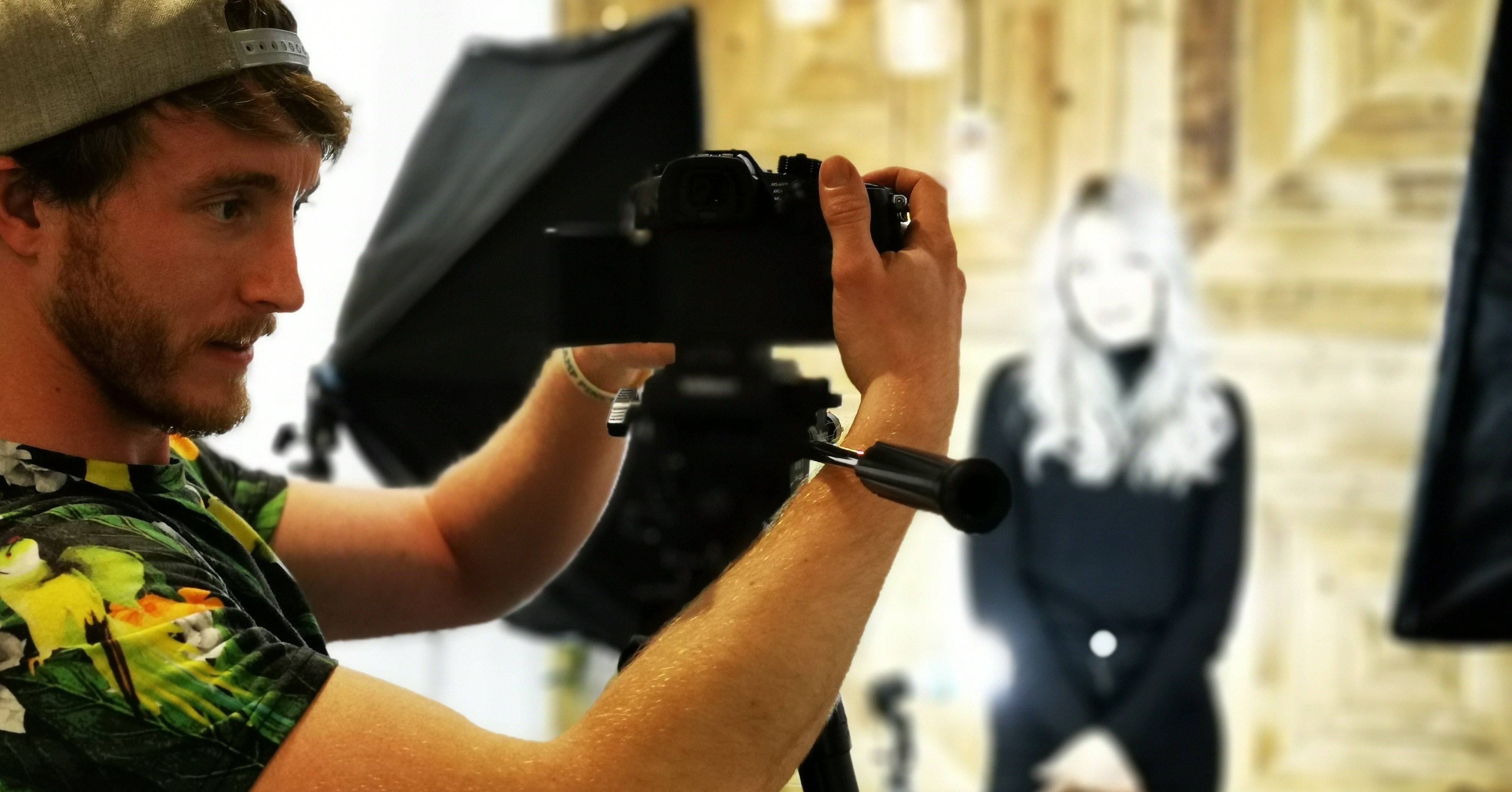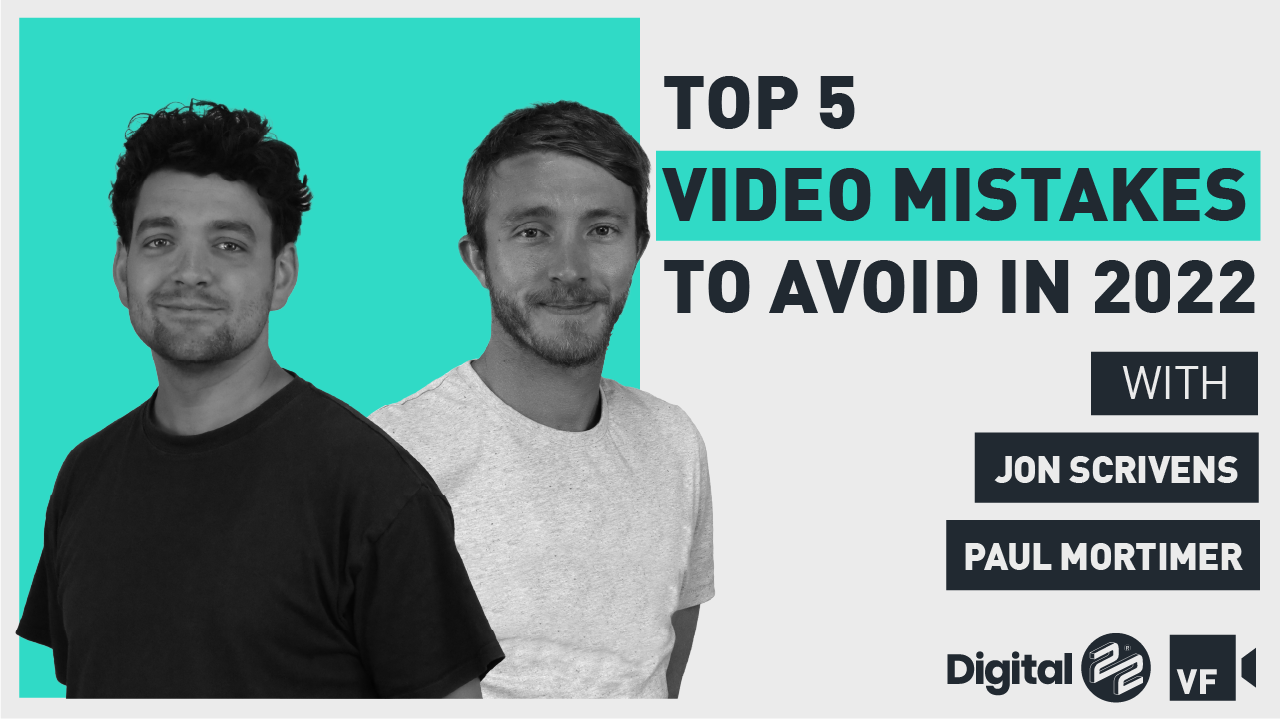Video content is some of the most engaging content across the web. According to Wyzowl, 83% of...
Creating a kick-ass marketing strategy is one thing, but a kick-ass video marketing strategy? That’s a whole different battle. So many companies criminally underutilise video because many assume you need a Hollywood-level team creating blockbusters every week. That isn't the case.
It doesn’t take much to create some great videos that are worth uploading to social media or your website — but it does take planning and research. Let’s lift the lid on what it takes to create a digital video strategy.
- Know your persona
- Know your budget
- Video as more than just a selling tactic
- Inbound video: Steps to take when creating a video marketing strategy
- Developing a campaign strategy
Know your persona
A persona represents the person most likely to buy from you, used so you can more accurately tailor your content to their needs.
A single brand can have several personas that buy from them. Let’s think of Apple as an example. Potential personas might include:
- Tech insiders or brand evangelists: These people all have Macs, Apple watches and iPhones. They know the brand, the products and the software, but they’re always looking for the newest product or a bespoke way of using what they already own
- Busy professionals: These people need technological solutions that keep them connected, even when on the go. They want phones that are easy to use and full of handy capabilities, such as cloud accessibility. They’ve potentially used Apple products before but are looking for an upgrade
- Tech newbies: These are people new to Apple products who know they have a problem (such as needing a new smartphone) but aren’t sure what product is right for them
These personas would include the problems they face, their attitudes and ideas towards the brand, potential things they’re searching for and how they like to be spoken to.
So why is this important? Well, every video needs at least one persona in mind, so the people most likely to watch it will find information immediately relevant to them. For example, the busy professional might find a product video talking about the business capabilities of an iPhone or Mac useful.
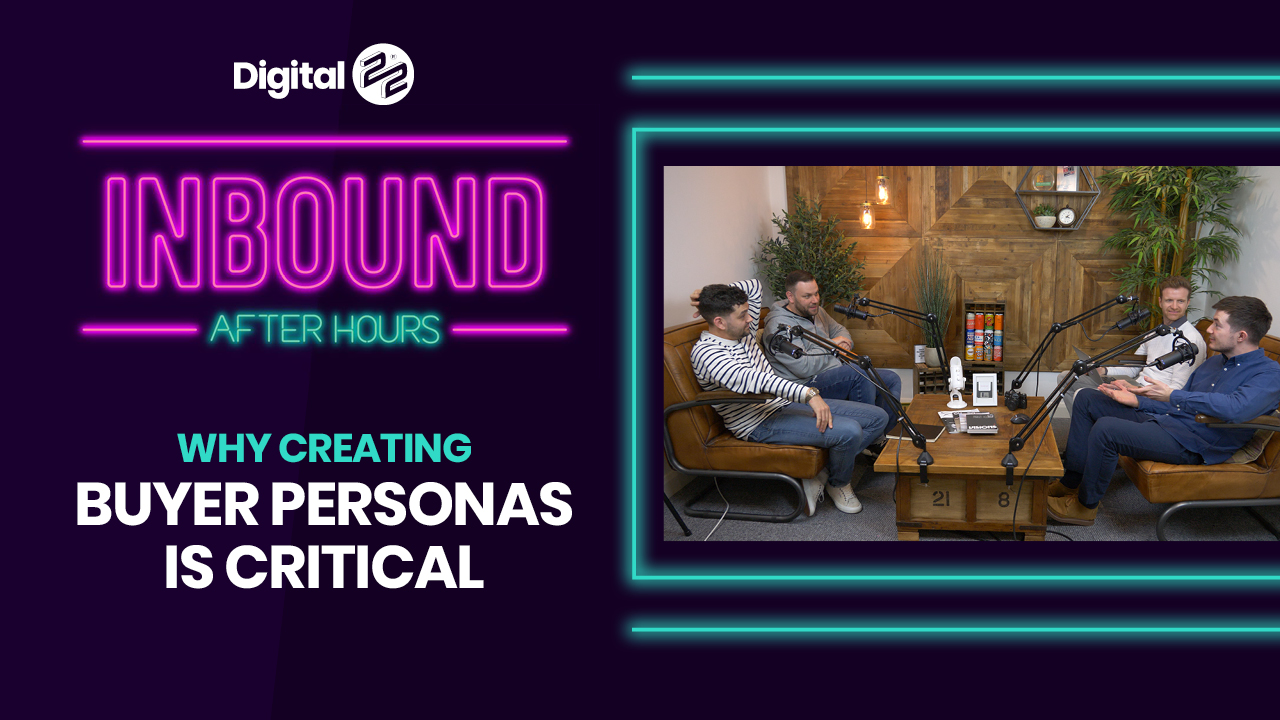
When thinking of the point of your video and the script (if you’re working from one), remember to always have the persona in mind.
Know your budget
Budget is, of course, crucial. However, businesses should be prepared to spend a good chunk of money on video if they’re serious about getting it right. There’s nothing worse than watching something like a product walkthrough or a podcast where the video or sound quality is terrible — it’s just offputting.
You don't need to spend your yearly budget on the best equipment, such as stealth mics, studio-quality boom arms or midi controllers, but investing in something that does the job to a good standard is a great starting point.
The real cost of a dedicated video strategy will depend on a variety of factors. First of all, what camera are you using? What video editing software suits your purposes? Do you need microphones?
Here are some cost breakdowns for the equipment needed for basic inbound video (based on our own experiences):
- An entry-level DSLR (Canon and Sony have good models) - £300 and up
- A microphone, such as one by Blue Yeti - £100 and up
- Editing software, such as Apple iMovie, Black Magic DaVinci Resolve, Adobe Premiere Pro, Final Cut Pro X - Free or subscription-based (Adobe Premiere Pro is £19.97/mo)
Alongside the cost of equipment, there are also the costs associated with shoots, such as travel, accommodation (if needed), food and other expenses.
A simple video sent to current clients or colleagues can be done on a smartphone. However, if you want to create interviews, short documentaries, podcasts or product videos, you’ll have to shell out for a kit that makes videos look good.
If your marketing strategy does involve speaking to clients, you can do the job straight from your laptop using software like Vidyard. No fancy equipment needed.
Video as more than just a selling tactic
Video can increase positive emotions, but that’s only the tip of the scientific iceberg. Video can also help in building relationships and sharing information with colleagues, clients and third parties. It’s a great way of increasing engagement and ensuring people connect with your message.
You can use video literally everywhere. In social media, product pages, even emails. For example, did you know 71% of sellers who send custom recorded videos say this tactic helps get more opens, clicks and responses than conventional text emails?
When it comes to communication, videos can be:
- Short
- Sharp
- Synchronised
- Serialised
This means they can be used throughout the entire sales funnel and beyond, helping improve every facet of your internal process and external selling efforts.
For more info on the impressive impact of video, check out this blog.
Inbound video: Steps to take when creating a digital video strategy
Video marketing has been around for a while. Think of all the adverts you’ve seen during your lifetime. However, video for digital marketing is a little more targeted than playing an ad during the interval of Coronation Street.
When we’re thinking about targeting, we’re not only talking about targeting a persona; we’re also talking about where that individual may be in their buyer’s journey.
Are they…
...in the awareness stage? This is where the persona realises they have a problem and begins researching how to confront it. Videos in this stage should share introductory information and work to introduce a brand — without constantly shouting about it.
...in the consideration stage? The persona is properly considering how to solve their problem. At this point, they’ll ask for recommendations, checking out solution providers, watching product reviews and looking for solutions that fit their budget.
...in the decision stage? They’ll have found a potential solution, but want more information to truly convince them that they’ve made the right decision.
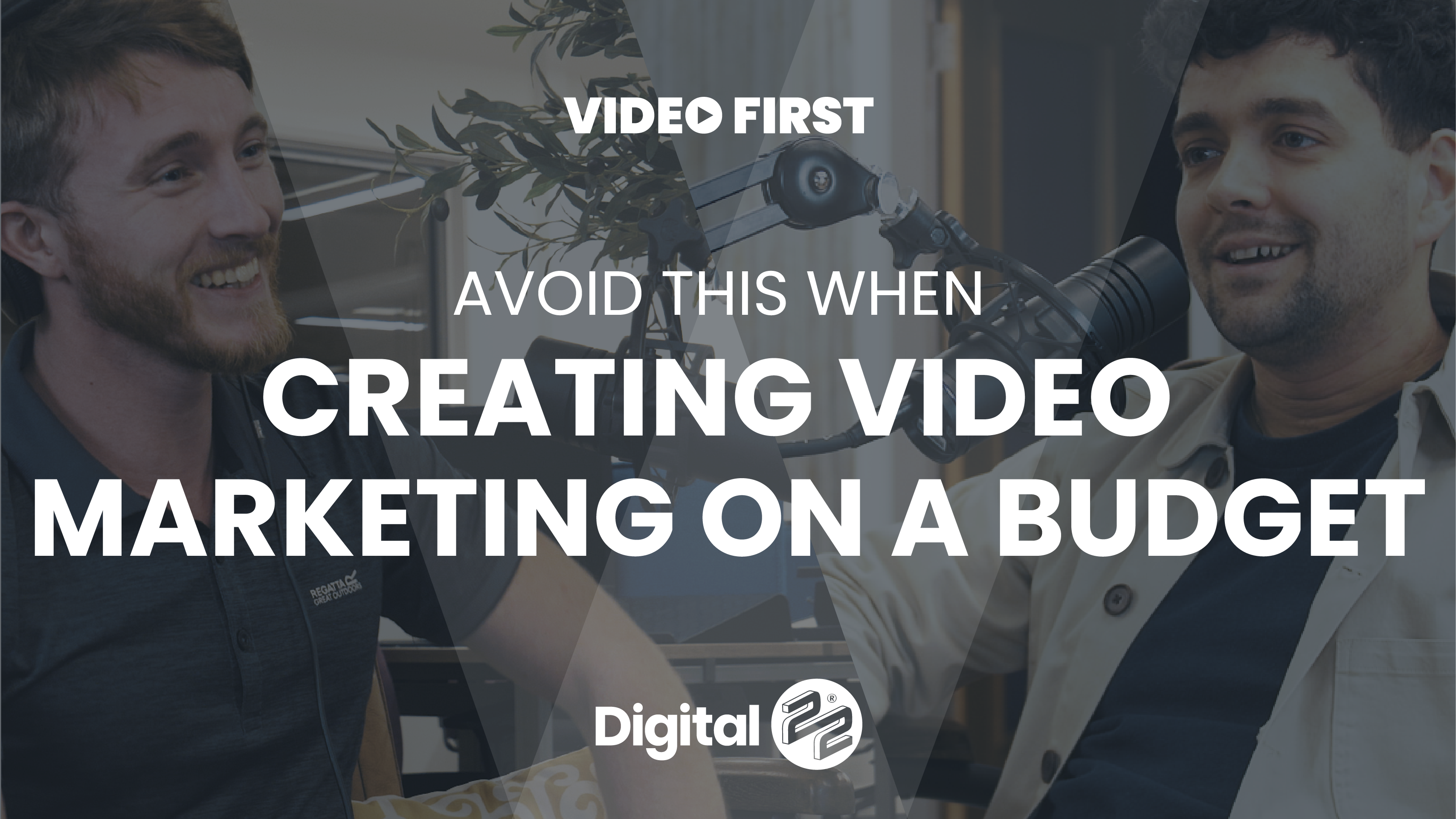
So where do you begin?
Developing a campaign strategy
The first thing a strategy needs is goals, whether they’re very specific, tangible goals that can be tracked via analytics or holistic goals that are wider and more obvious to an entire organisation. For example, these could be:
- A high number of video views
- Greater brand visibility over social media
The good news is many goals concerning video naturally relate to one another. A specific goal such as increased video views will naturally lead to greater brand awareness.
Here are some more examples of video campaign goals:
- Gain X podcast guest appearances by campaign end
- Generate X sales qualified leads (SQLs) by campaign end
- Get X premium content downloads by campaign end
- Increase sessions by X% by end of campaign
- Create X to X leads by end of campaign
Remember, think about what content you’re creating and how it fits into the point of the buyer’s journey you’re targeting.
Getting the shoot right
A shoot is pretty straightforward, but the steps that make it up can be complex in themselves (depending on the size and intricacy of the video you’re trying to create).
Each video needs to include the following steps:
- Write a script: This includes every spoken portion of the video (if it’s not a podcast or something improvised). Remember to write it with your target persona in mind
- Develop a storyboard: Again, for non-podcast content, a video should be created with a beginning, middle and end. Each shot can be meticulously planned so nothing looks slapdash
- Test your equipment and make sure everything is charged up
- Rehearse: For shorter, scripted videos, rehearse camera setups and scenes to really polish what you’re creating
- Shoot your video
- Edit your video
- Get feedback from your team
- Post your video: Remember to post on relevant social media channels and using the right hashtags
While not strictly part of the creation process, you can also analyse performance. By using an innovative video hosting platform, such as Vidyard, you can track the performance of your videos.
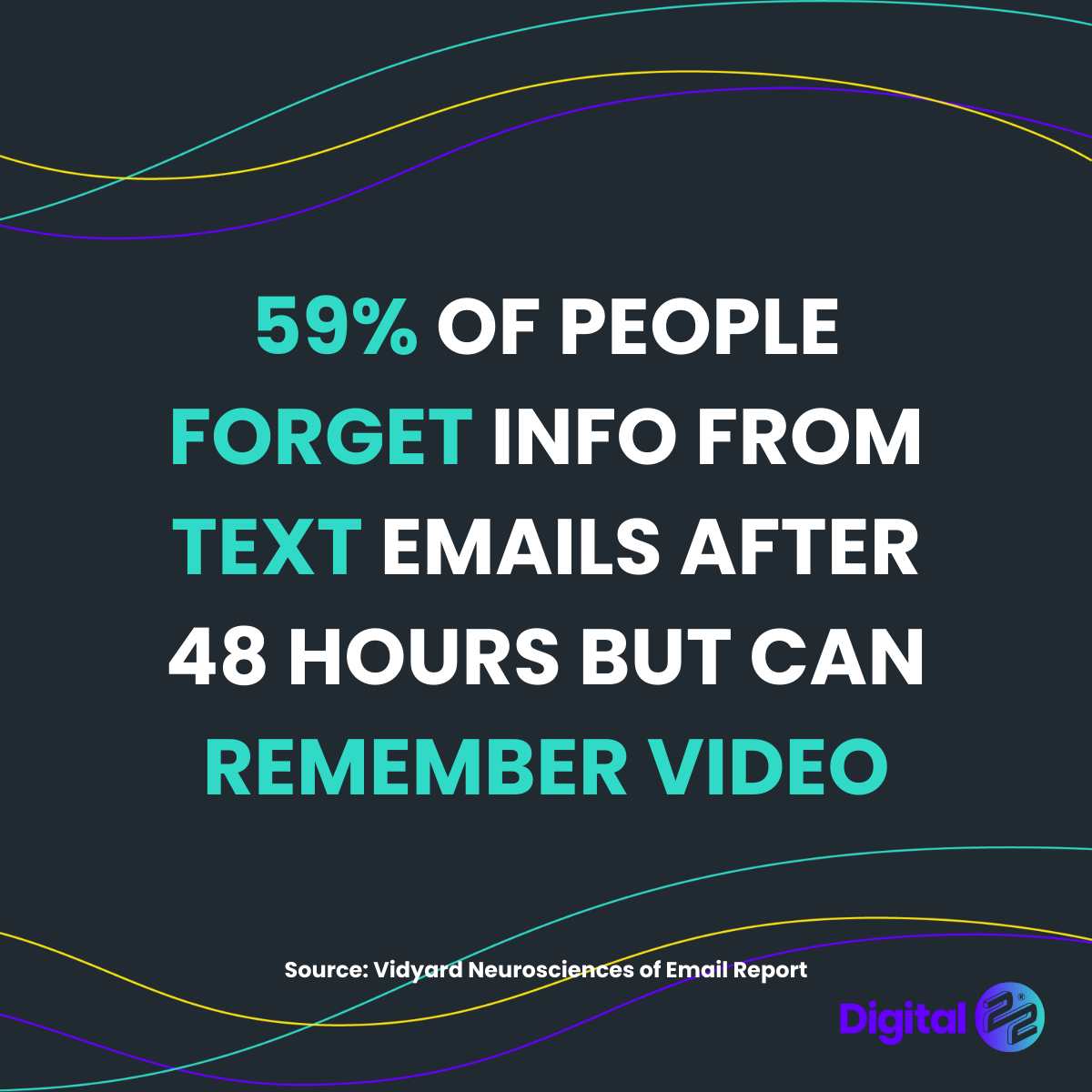
See where people dropped off, how many are watching to the end, how many views you got and many other key metrics that detail your performance. You can use this data to inform your video creation process in the future.
Follow all of these steps and you’ll be well on your way to creating a kick-ass video marketing strategy.
However, we haven't covered every little detail you might need to know as video in marketing is such a huge subject. For those looking for a more in-depth analysis of using inbound video in your marketing efforts, head to our resource below.
Learn more about inserting video into your marketing
Inbound video is potentially the most advantageous addition to your marketing strategy you can start implementing today. It can even improve the communication, culture and knowledge-sharing abilities of your business. Plus, it’s a great way to talk to potential customers or current clients. That’s why we believe in a video first approach.
To learn more about this and inbound video in general, check out our online guide. In this resource we’ll cover:
- What inbound video is
- Where inbound video can be used
- How to adopt a video first approach
- Using video for more than just marketing
- How much inbound video costs
- The inbound video shoot from start to finish
- Inbound video FAQs
Just click the button below to gain access to these unique insights.
